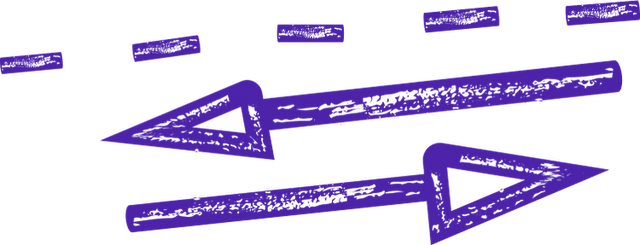
dot notation
What is Dot-Notation
The term "dot-notation" derives its name from the period or dot symbol (.) used to separate the different levels or layers of the data structure hierarchy. By using dot-notation, programmers can access and modify specific properties or attributes of an object or elements of an array by specifying the path or sequence of nested levels leading to the desired element.
In JavaScript, for instance, dot-notation allows programmers to access object properties and methods by chaining them together with dots. For example, if we have an object called "person" with properties like "name," "age," and "address," we can access the "name" property using dot-notation as follows: person.name. Similarly, if the "person" object has a method called "sayHello," we can invoke it using dot-notation as person.sayHello().
Dot-notation also plays a crucial role in accessing elements within arrays. In languages like Python, dot-notation is used to access the properties or methods of an object stored within an array. For instance, if we have an array called "students" containing objects representing individual students, we can access a specific student's name using dot-notation: students[0].name.
One of the key advantages of dot-notation is its simplicity and readability. It provides a clear and intuitive way to navigate through complex data structures, making the code more understandable and maintainable. Additionally, dot-notation enables code editors and IDEs to provide helpful suggestions and autocompletion, enhancing the developer's productivity.
Moreover, dot-notation is highly compatible with search engine optimization (SEO) practices. When used appropriately in website URLs or structured data markup, dot-notation can contribute to better indexing and ranking of web pages by search engines. It allows for the inclusion of relevant keywords and improves the overall structure and organization of the website's content, leading to improved visibility and discoverability.
In conclusion, dot-notation is a powerful and widely adopted convention in programming that enables precise referencing and manipulation of elements within complex data structures. Its simplicity, readability, and compatibility with SEO practices make it an essential tool in modern software development, facilitating efficient coding, improved user experience, and enhanced search engine visibility.
Let’s build your next digital product — faster, safer, smarter.
Book a free consultationWork with a team trusted by top-tier companies.








